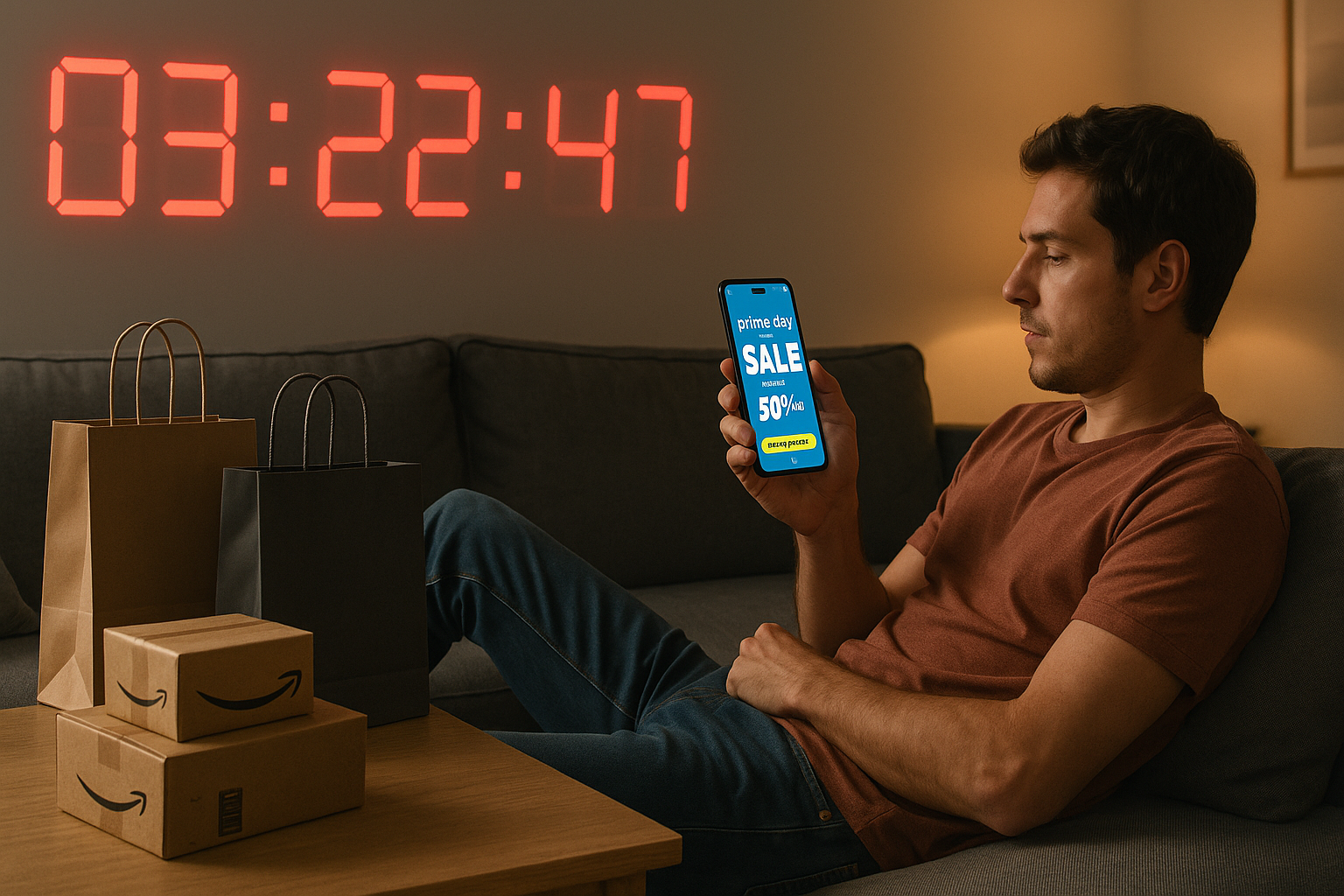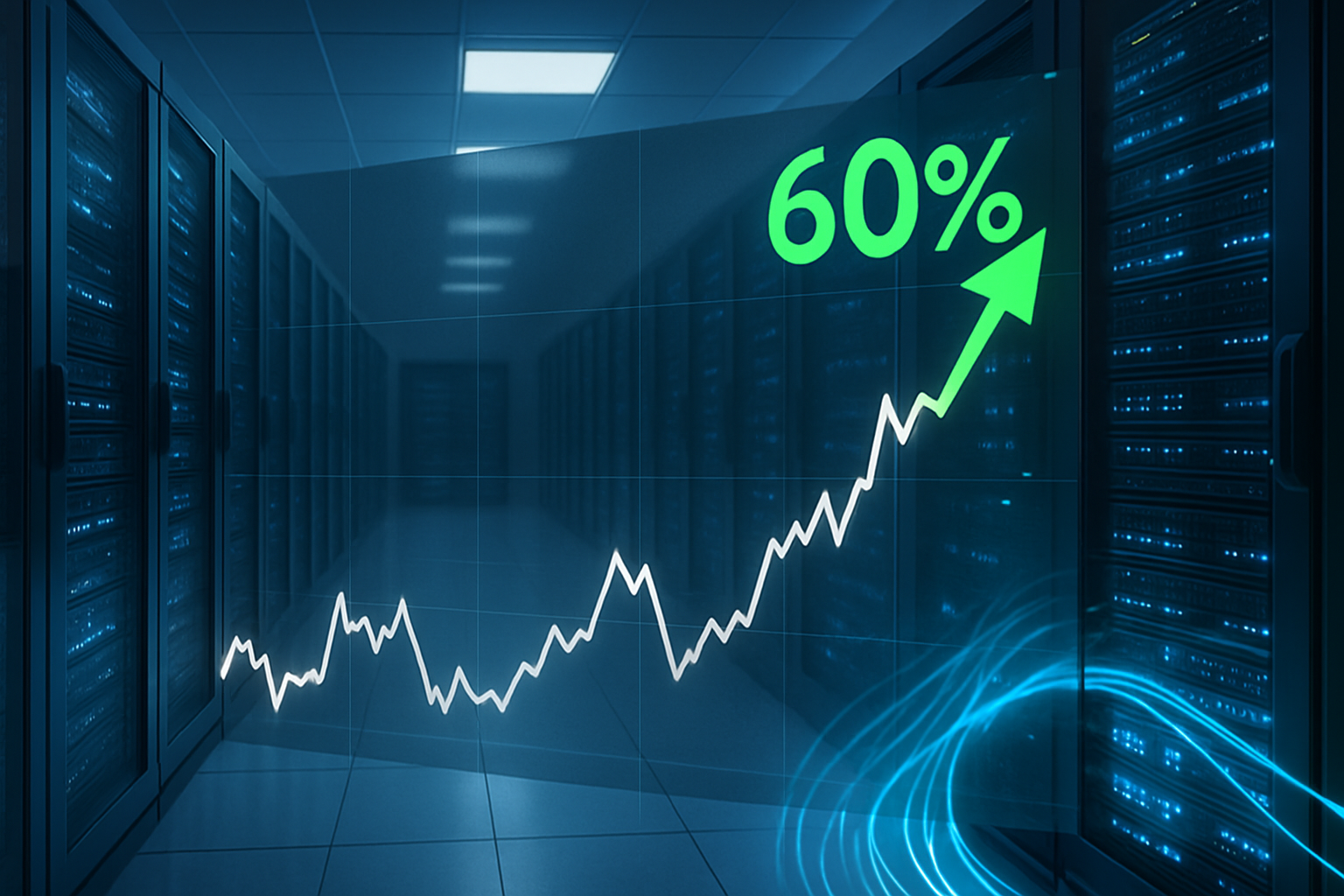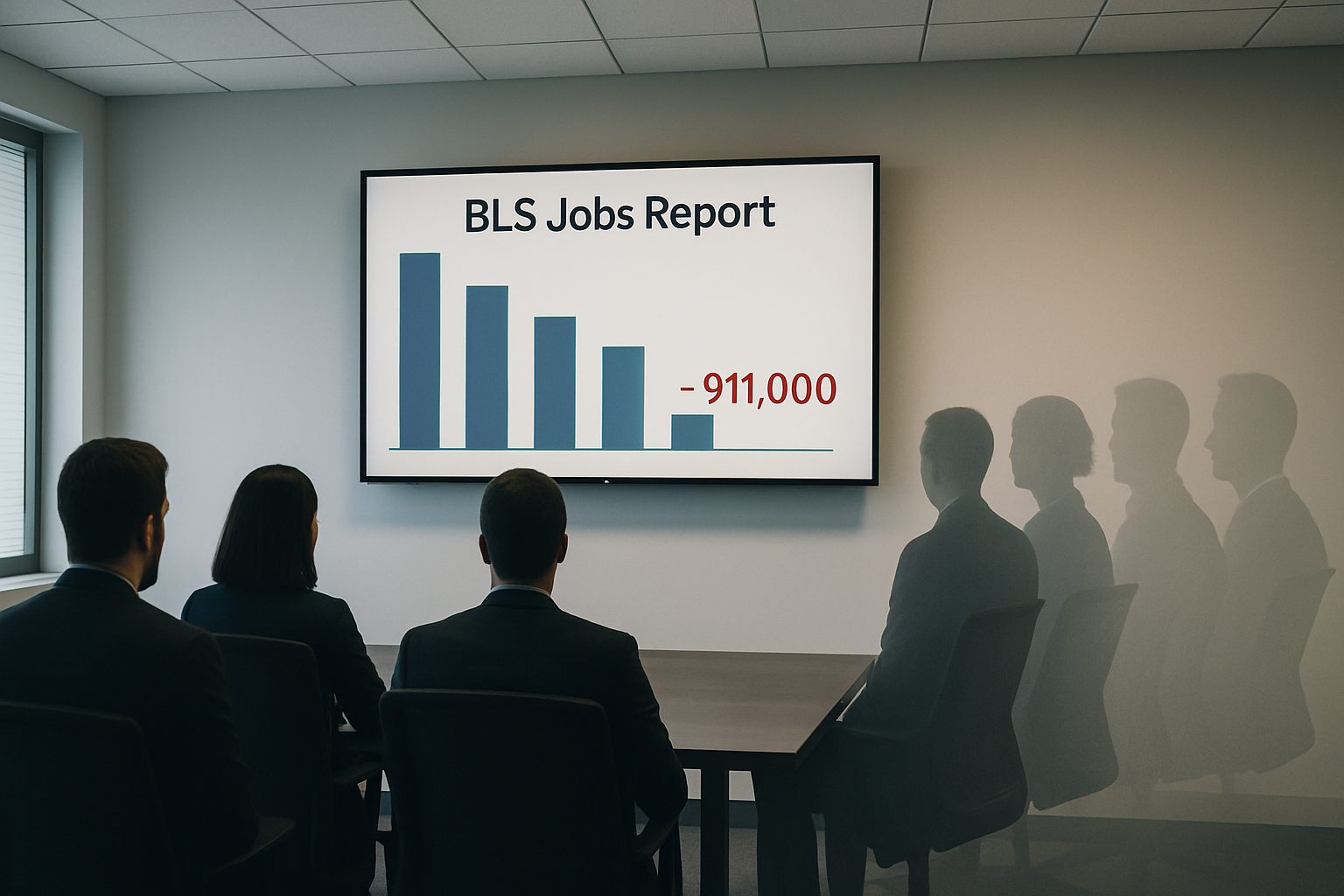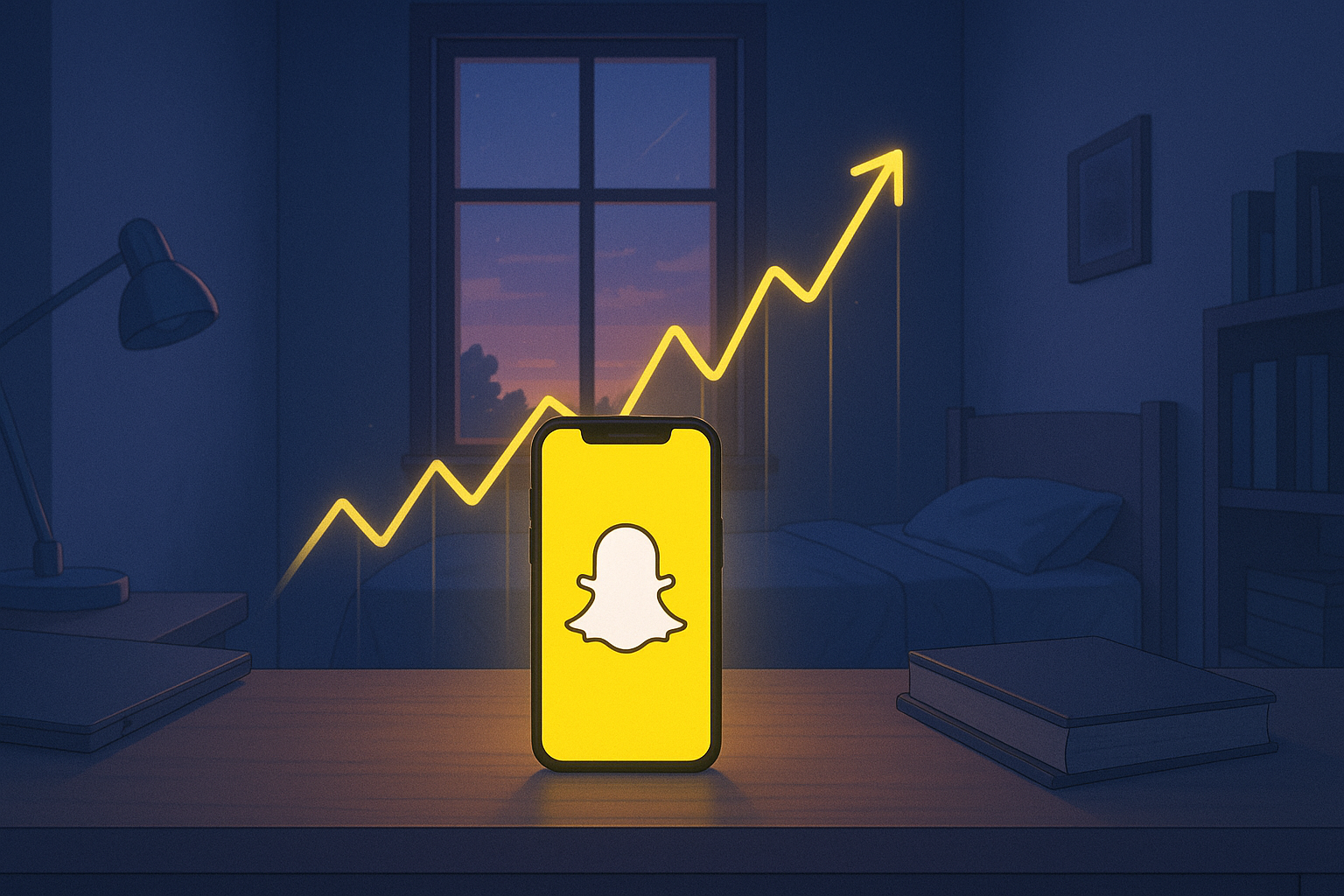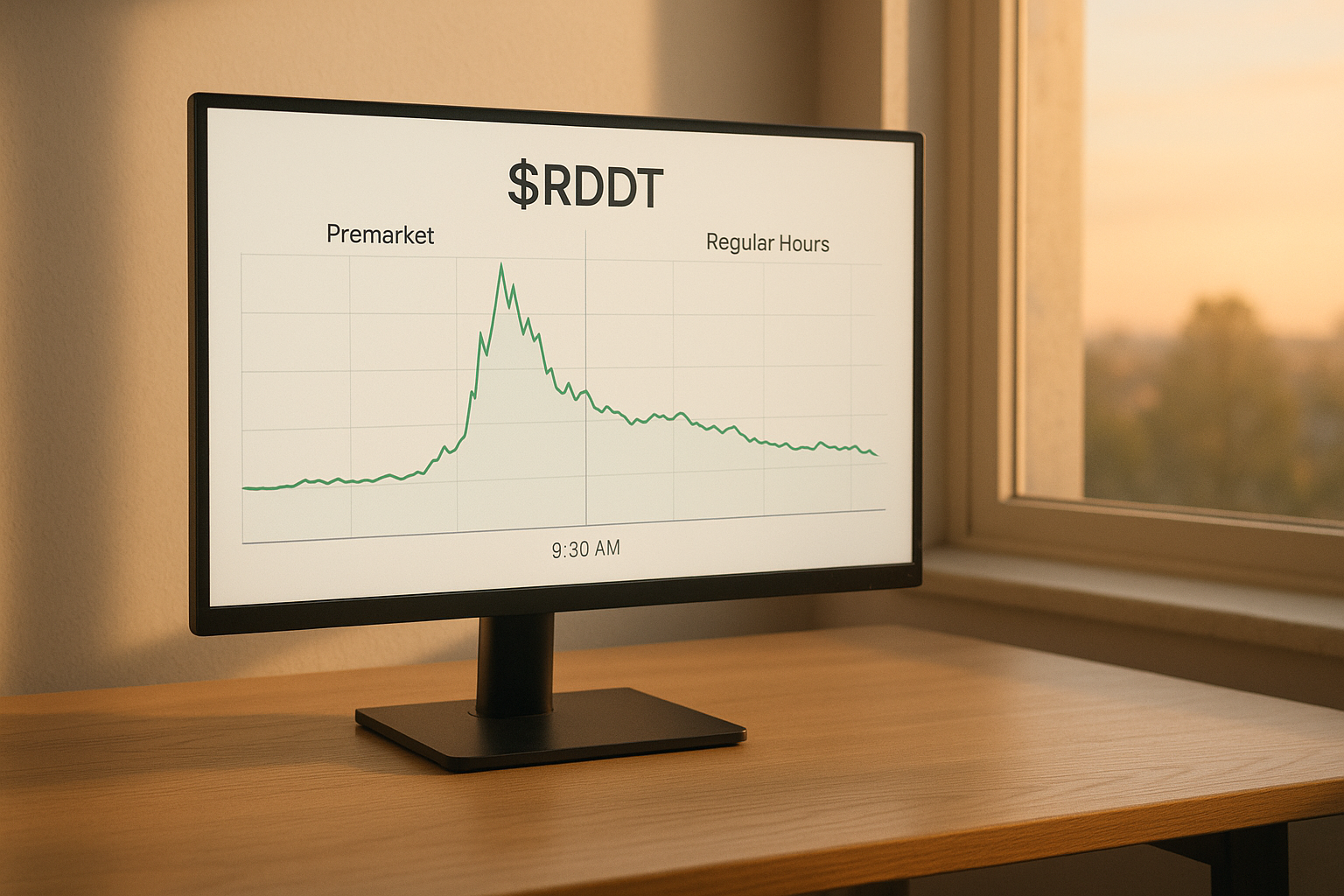When Americans drop a cool $24 billion in just four days, you've gotta wonder what's going on in our collective consumer brain. Adobe's latest figures show Prime Day 2025 triggered a whopping 30.3% jump in online spending compared to last year. That's not just growth—that's a shopping tsunami.
But here's the thing. The real story isn't in the numbers.
It's in how Amazon has somehow convinced us all that an utterly manufactured shopping holiday deserves a permanent spot on our calendars—right up there with actual holidays that, you know, commemorate historical events or religious observances.
I've been tracking retail psychology trends since 2018, and what we're seeing is the perfection of what I call the "false urgency economy." And boy, is it effective.
Think about it: Amazon can slash prices literally any day they choose. There's nothing magical about July 8-11 that suddenly makes discounting economically sensible. Nothing. At. All. But by boxing these deals into a specific timeframe, they've engineered a psychological pressure cooker that has us all reaching for our credit cards.
This year they stretched the event to 96 hours instead of the usual 48—doubling the window while somehow maintaining that precious aura of scarcity. It's sleight-of-hand worthy of a Vegas magician. "These deals are going fast!" (Well, twice as slow as before, actually, but who's counting?)
What's fascinating to me—having observed three consecutive Prime Days up close—is how the entire retail ecosystem now plays along. Walmart, Target, Best Buy... they've all launched their own "totally coincidental" sales events that just happen to run during the exact same period. It's essentially retail FOMO at the corporate level.
The timing? Absolutely calculated. By positioning Prime Day as "back-to-school" shopping, retailers capture spending that was inevitable anyway, just earlier in the summer. Those backpacks and laptops were getting purchased regardless—but now parents are buying in July instead of August, improving retailer cash flow and inventory turnover.
Look, the mobile sales numbers tell us something crucial about modern consumer behavior. Adobe says 53.2% of transactions happened on phones, exceeding forecasts. This isn't just a statistical footnote—it fundamentally transforms impulse purchasing. When that "buy now" button follows you everywhere, the natural friction that might give you pause... just vanishes.
And all this consumer exuberance is happening against a backdrop of renewed trade tensions! You'd think shoppers might be buttoning up their wallets given the economic uncertainty. Nope. Instead, we're seeing a "better buy it before tariffs hit" mentality that retailers are—quite understandably—exploiting to the hilt.
I spoke with several retail analysts last week who confirmed my suspicions about those apparel discounts. At 24% off (up from 20% last year), clothing retailers are clearly sitting on mountains of excess inventory—probably fallout from our collective pivot away from pandemic athleisure and back toward office-appropriate attire.
The whole phenomenon represents one of the cleverest psychological hacks in modern retail—convincing us that a corporate profit strategy is actually a special event designed for our benefit. The most remarkable part? We're fully aware of the manipulation... and we shop anyway.
(Full disclosure: I bought those noise-canceling headphones I've been eyeing for months. They were 23% off! What was I supposed to do, wait until Black Friday? Please.)
In the end, Prime Day isn't just a sale—it's a masterclass in mass psychology that transforms ordinary consumers into deal-hunting warriors, armed with nothing but Amazon apps and determination. And that might be the most American thing about it.
